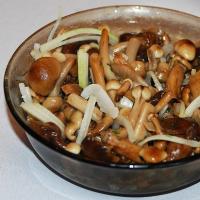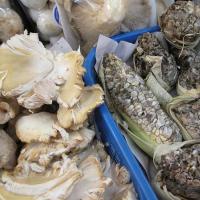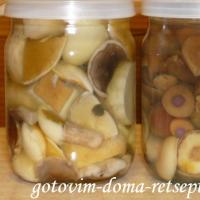Fly agaric bright yellow - a deadly mushroom
Fly agaric bright yellow belongs to the Amanita family, genus Amanita. It is an inedible mushroom that has a hallucinogenic effect. Interestingly, in some countries it is considered edible and eaten without fear.
The Latin name for the mushroom is Amanita gemmata.
Description of fly agaric bright yellow
The diameter of the cap of the bright yellow fly agaric ranges from 5 to 12 centimeters. At first, its shape is hemispherical, and as it grows, it becomes flat-prostrate. When dry, the surface of the cap is silky-shiny, while in wet weather it becomes sticky. The cap is naked with grayish flakes and small grayish warts. Warts and flakes are easily washed away by rain. The cap is striped along the edge.
The color of the bright yellow fly agaric cap is quite diverse. As a rule, the coloring is ocher-yellow or beige-yellow, but it can be almost white, golden and orange.
The plates are often spaced, wide, soft, white in color, with age they can become cream or yellowish. The flesh under the skin is yellowish, but then white. The pulp has a slight mushroom or rare aroma. The taste is inexpressive or slightly sweet.
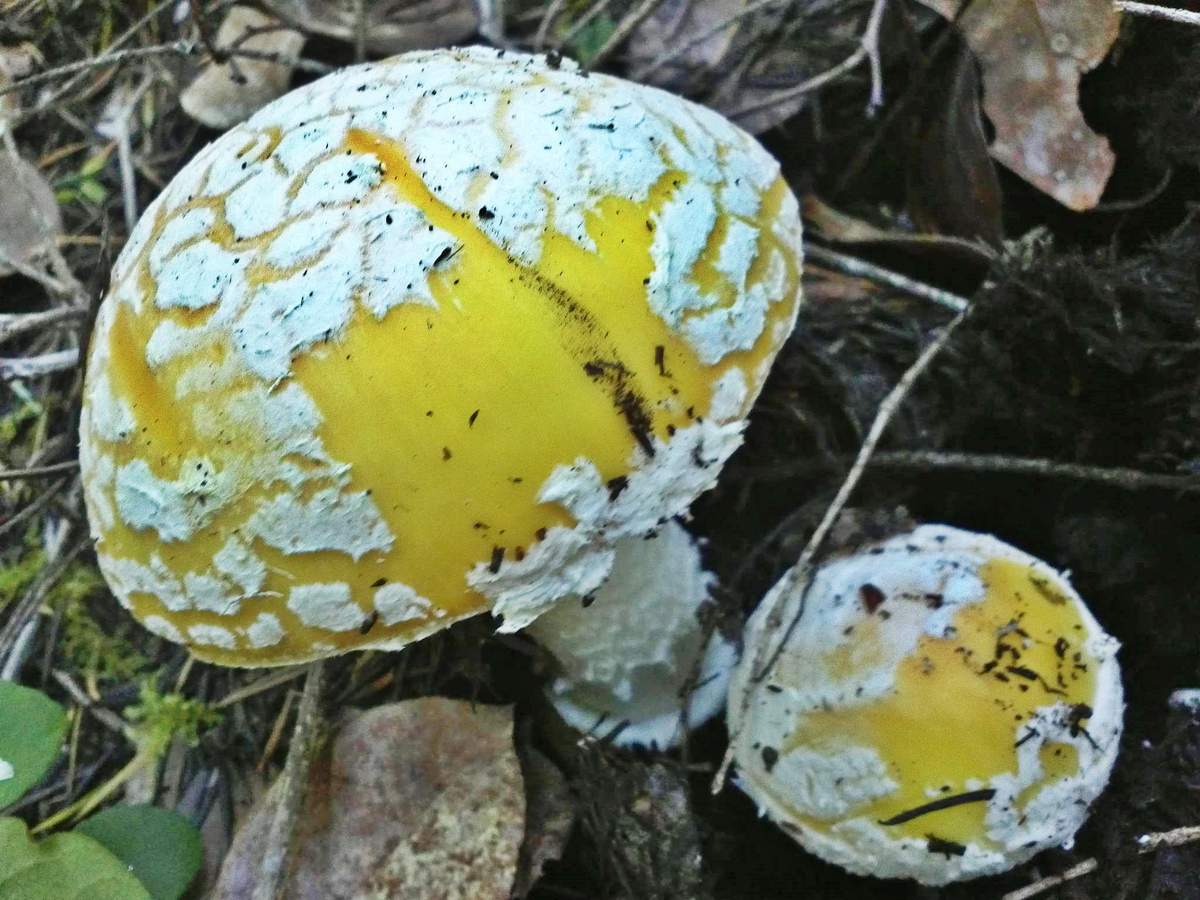
The height of the leg is 4-15 centimeters, and the diameter is 0.5-1.5 centimeters. The leg is slender, a slight thickening is noticeable at the bottom. With age, the leg becomes hollow. It is rather fragile in structure. On the leg is a membranous ring, white or yellowish. Above the annulus, the surface of the stem is smooth, while below they are slightly pubescent or scaly. The ring quickly disappears, and an indistinct mark remains on the leg. The color of the legs is white or yellowish. The volva is soft, short, hardly noticeable, it grows at the base of the leg.
Places of growth of fly agaric bright yellow
These fungi form mycorrhiza with hornbeam, linden, oak, beech and hazel. They grow in forests, including mountain ones. They grow in the southern temperate zone of the European part and Eastern Siberia. Fly agaric fruits are bright yellow from June to October.
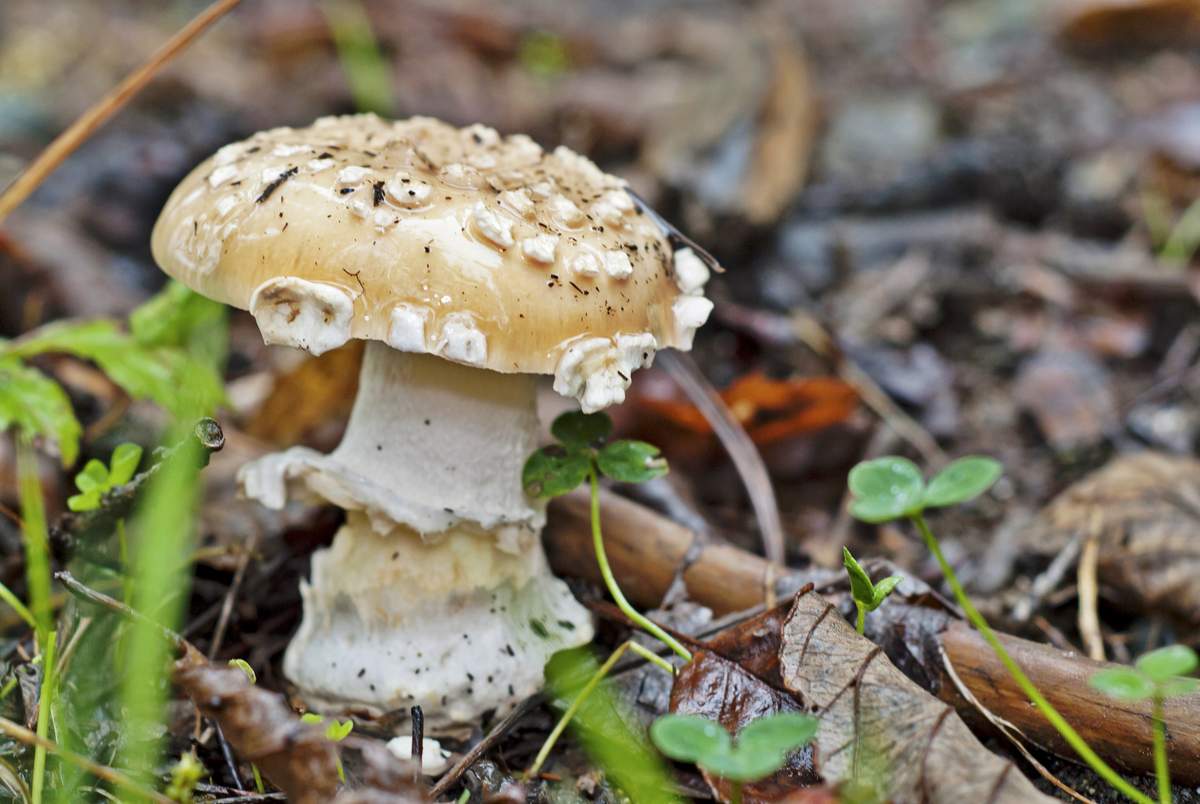
Hallucinogenicity of fly agaric bright yellow
These mushrooms are distinguished not only by their changeable color, but also by their ambiguous reputation.
There are a variety of opinions about the edibility of bright yellow fly agarics: in some sources they are classified as deadly poisonous mushrooms, in others as inedible, and in others they are described as mushrooms with hallucinogenic properties.
Apparently, this is due to the fact that bright yellow fly agaric exhibit varying degrees of toxicity. It depends on where they grow, for example, in the southwestern part of France, these mushrooms are actively eaten, but in the rest of this country they are treated with caution. In Germany, in general, bright yellow fly agarics are considered deadly poisonous.
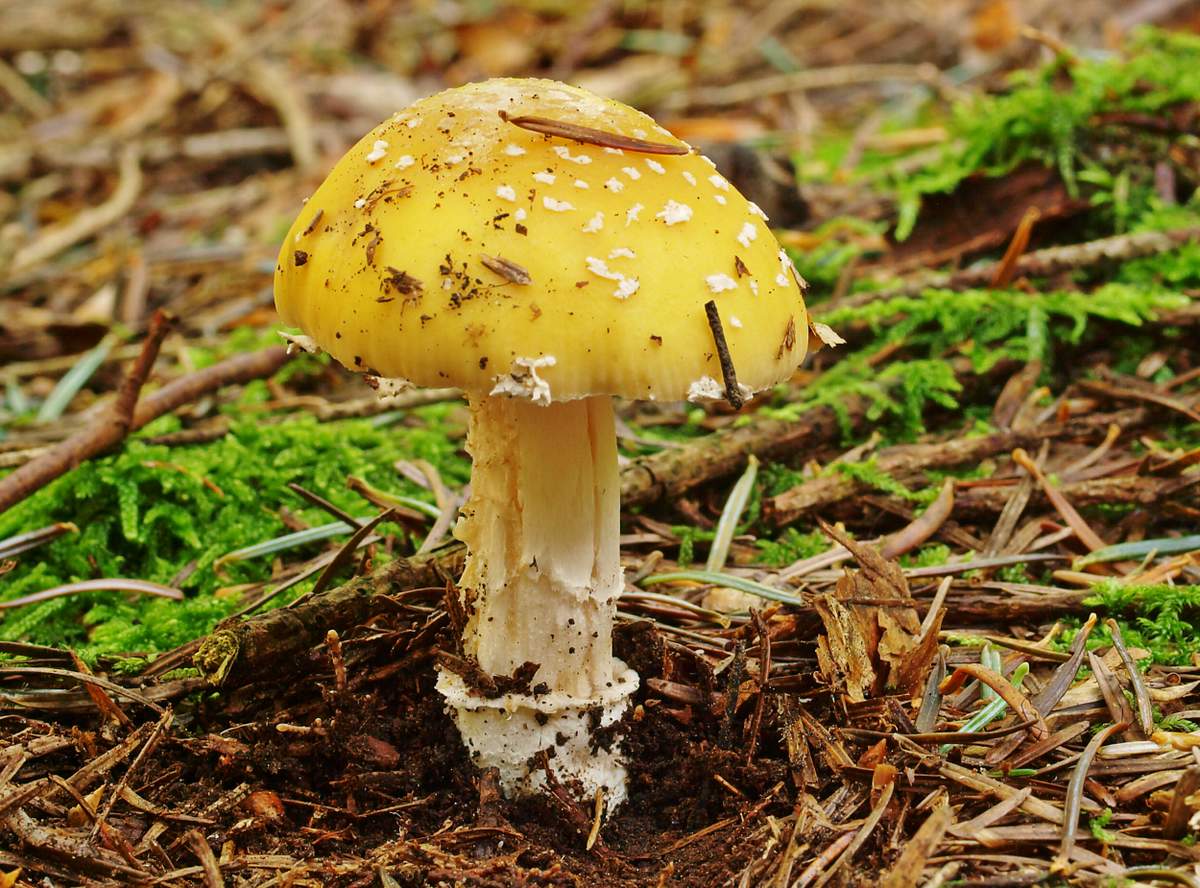
If poisoning occurs, then the symptoms are similar, as in poisoning with panther fly agaric. One series of bright yellow fly agaric poisonings is known for sure, with one case ending in death. The poisonings occurred in the Chilean province of Malleco, located in South America, between 1986 and 1990. After poisoning, the victims experienced gastrointestinal manifestations and hepatitis.
The same symptoms are characteristic of poisoning with a pale toadstool, but amatoxins, which are the main toxic substances of the toadstool, were not found in the bright yellow fly agaric.
The bright yellow fly agaric contains a small amount of muscarine, but it does not affect the overall picture of intoxication. In addition, the composition includes a large amount of ibotenic acid and muscimol, due to which the classic mycoatropine syndrome occurs.
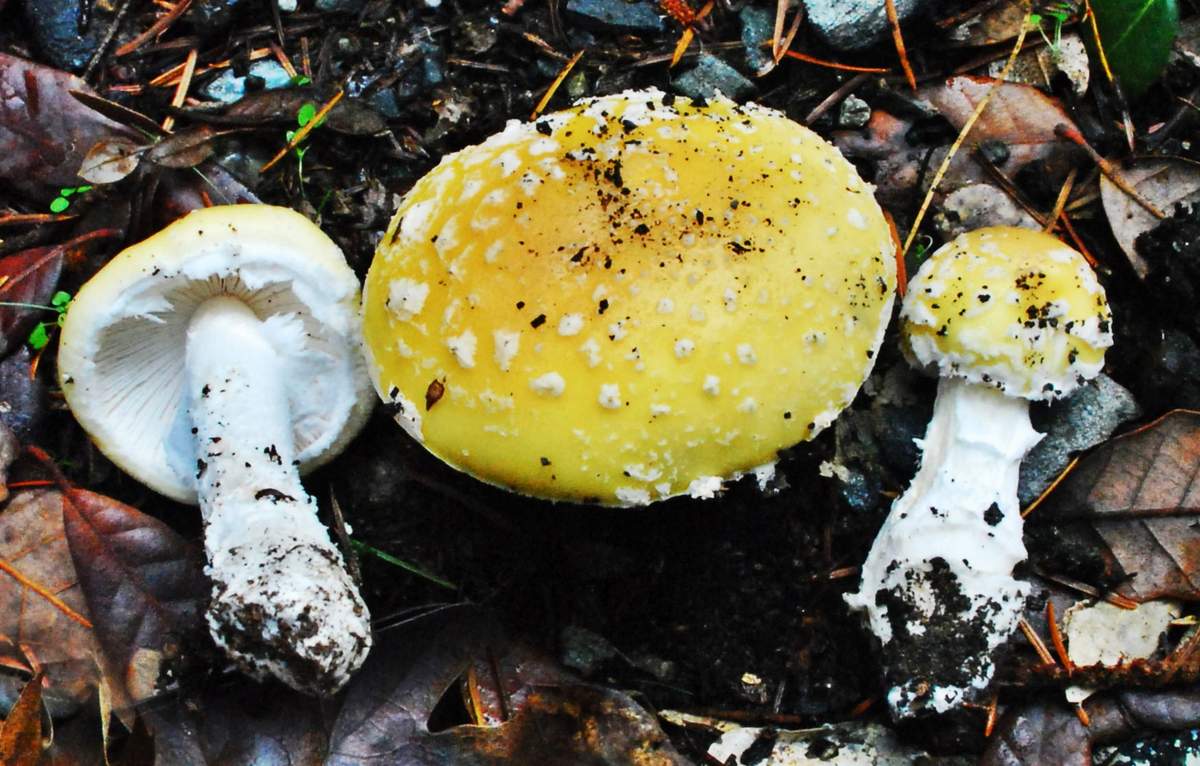
3 hours after the use of poisonous fly agaric, visual hallucinations appear, nausea, vomiting, diarrhea, stomach pains occur, the heartbeat becomes slow and irregular. In severe cases of poisoning, coma develops, convulsions and everything ends in death. But deaths are extremely rare.

